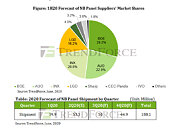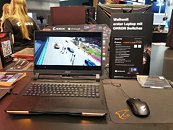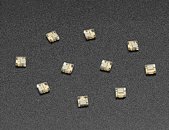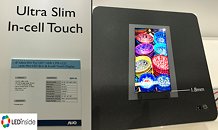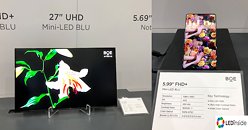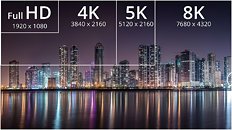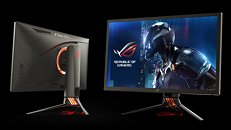Smartkem and AUO Partner to Develop a New Generation of Rollable, Transparent MicroLED Displays
Smartkem, positioned to power the next generation of displays using its disruptive organic thin-film transistors (OTFTs), has partnered with AUO, the largest display manufacturer in Taiwan, to jointly develop the world's first advanced rollable, transparent microLED display using Smartkem's technology.
"We believe that collaborating with global display industry leader AUO to develop a novel microLED display puts Smartkem's technology on the frontier of microLED display commercialization. Our unique transistor technology is expected to enable display manufacturers to efficiently produce microLED displays, making mass production commercially viable. Smartkem's technology has the potential to take today's microLED TVs from high end market prices of $100,000 down to mass market prices," stated Ian Jenks, Smartkem Chairman and CEO.
"We believe that collaborating with global display industry leader AUO to develop a novel microLED display puts Smartkem's technology on the frontier of microLED display commercialization. Our unique transistor technology is expected to enable display manufacturers to efficiently produce microLED displays, making mass production commercially viable. Smartkem's technology has the potential to take today's microLED TVs from high end market prices of $100,000 down to mass market prices," stated Ian Jenks, Smartkem Chairman and CEO.






































